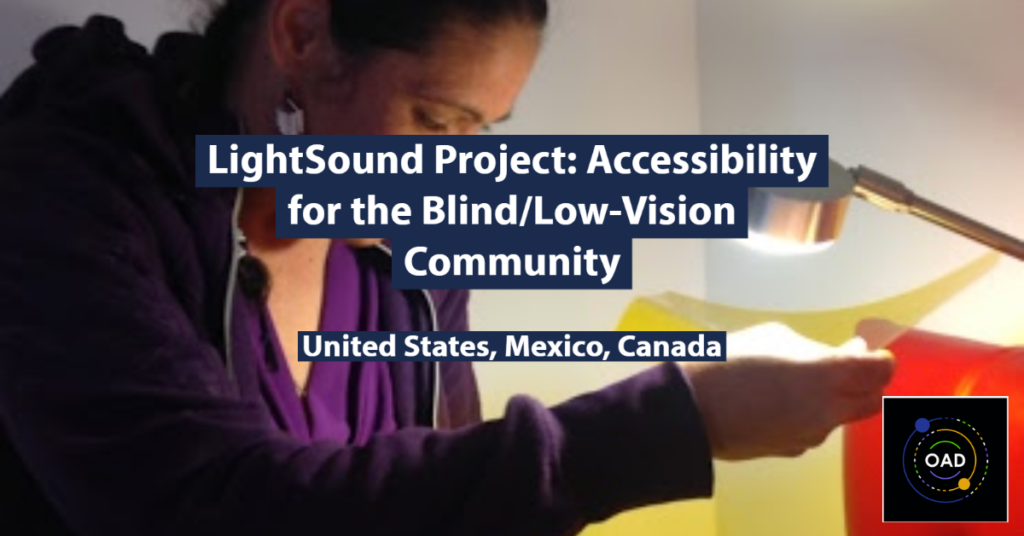The LightSound Project began in 2017 as a way to make solar eclipses accessible to the blind and low-vision (BLV) community. LightSound is a low-cost, smartphone-size device that uses Arduino technology to convert light intensity to sound, giving BLV people another way to engage with an eclipse. During the 2017 eclipse, we deployed 3 devices to stream sound online for people around the globe and collect data for later analysis. The project received an IAU100 Special Projects grant to build and distribute 20 devices across Chile and Argentina for the 2019 Solar Eclipse. In preparation, we redesigned the device with a new sensor and sonification method. We also developed English and Spanish documentation and open-source software for people to build and use the device and collect/plot data. The project was a success, with tens of thousands of people attending events with LightSound devices. The devices were reused or redistributed for the 2020 South American eclipse. A grant from Chilean colleagues helped build and deploy over 100 more devices across Chile.
This proposal builds on the success and momentum of past eclipses. The 2023 annular eclipse will go through the USA, Mexico, and parts of Central and South America, and the 2024 Total Solar Eclipse will cross Mexico, the entire USA, and eastern Canada, reaching millions of people.
Our project has three goals:
1. Host a large workshop to build LightSound devices, open to educators, National Park rangers, and event organizers who wish to learn how to build and use the devices.
2. Distribute 100 LightSounds (at no cost) to communities, National Parks, museums, schools, etc., that will host accessible events and partner with organizations that serve BLV individuals (e.g., schools for the blind) and provide documentation on using the devices.
3. Maintain a website with documentation on building and using LightSounds. Track device locations and collect photos/videos/eclipse data from sites for later analysis.
Contact: Allyson Bieryla and Sóley Hyman abieryla@cfa.harvard.edu

